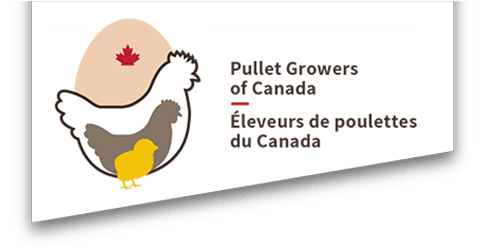GROWING PULLETS
A pullet is defined as a female chicken, commonly known as a hen, that is less than 19 weeks of age and raised for the purpose of egg production. Every year, close to 27 million pullets are raised by Canadian pullet growers to supply egg producers with ready-to-lay pullets.
In most provinces, the majority of pullet growers are also egg producers who possess egg quota and benefit from the supply management system for eggs. There are three groups of pullet growers. The first group includes egg producers that grow pullets only for their own use. The second group are egg producers that grow pullets for their own use and also to sell to other egg producers. The third group of pullet growers, also known as independent growers, do not possess egg quota and raise pullets only for sale to egg producers and, in many provinces, also to hatcheries or feed mills, as contractors for a growing fee.
In Canada, there are two major types of housing systems in which pullets are raised in Canada: the cage and non-cage systems. In cage systems, pullets are raised either in conventional cages (a wire mesh enclosure with equipment for automated feeding and watering) or combination systems (a system which combines aspects of conventional cages and aviaries). Non-cage systems include single-tier systems such as free-run, floor, or barn (birds roam freely inside a barn), multi-tier also known as aviary (perches, food and water resources are located on multiple elevated tiers), and free-range (birds are allowed access to an outdoor pasture or range area).
Aviary system
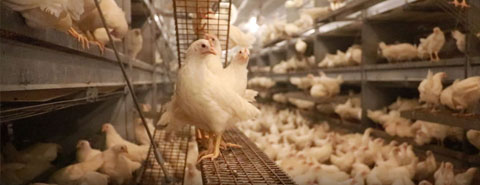
Single-tier system
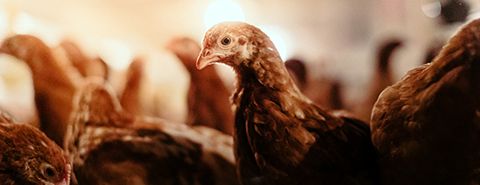
Cage system
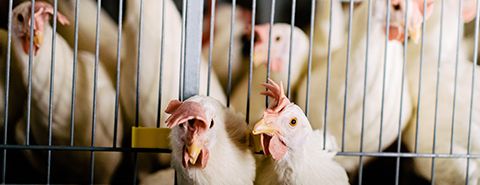
Pullet growing is an essential farm activity
in the egg supply chain which results in the daily
supply of fresh shell eggs for the table and processed egg markets. The diagram on the right illustrates this supply chain. Pullet growing is a specialised activity where the day-old chicks are received from the hatcheries and raised under carefully managed environmental and feeding conditions for 19 weeks until the finished pullets are ready to lay eggs. At this point, the pullets are transferred or shipped to the egg production facility.
The role of a pullet grower is to raise healthy pullets to provide the highest quality ready-to-lay pullets to an egg producer. To achieve this, pullet growers are involved with every aspect of the production like health, nutrition, biosecurity, animal welfare, and more. In other words, pullet growers are the foundation suppliers who set the layer farm up for success.
EGG SUPPLY CHAIN

Pullet Development Growth Stages
From chick to hen in 19 weeks
- This growth stage is crucial in the bird’s life.
- Homeothermy (controlled body temperature) is acquired only by the age of 3 to 4 weeks. Before that age, the temperature inside the housing system must be adjusted to the bird’s comfort range.
- The chick is absorbing the egg yolk in which it has developed and its digestive system is starting to function with access to feed.
- The first vaccines are given.
- The young pullet is at great risk of contracting a virus known as avian infectious bronchitis which may lead to an increased mortality rate as well as disorders of the reproductive system (false layer syndrome).
- There is a correlation between the pullet’s weight at 5 weeks of age and its future laying performances (maturity, mortality, laying persistency and number of eggs).
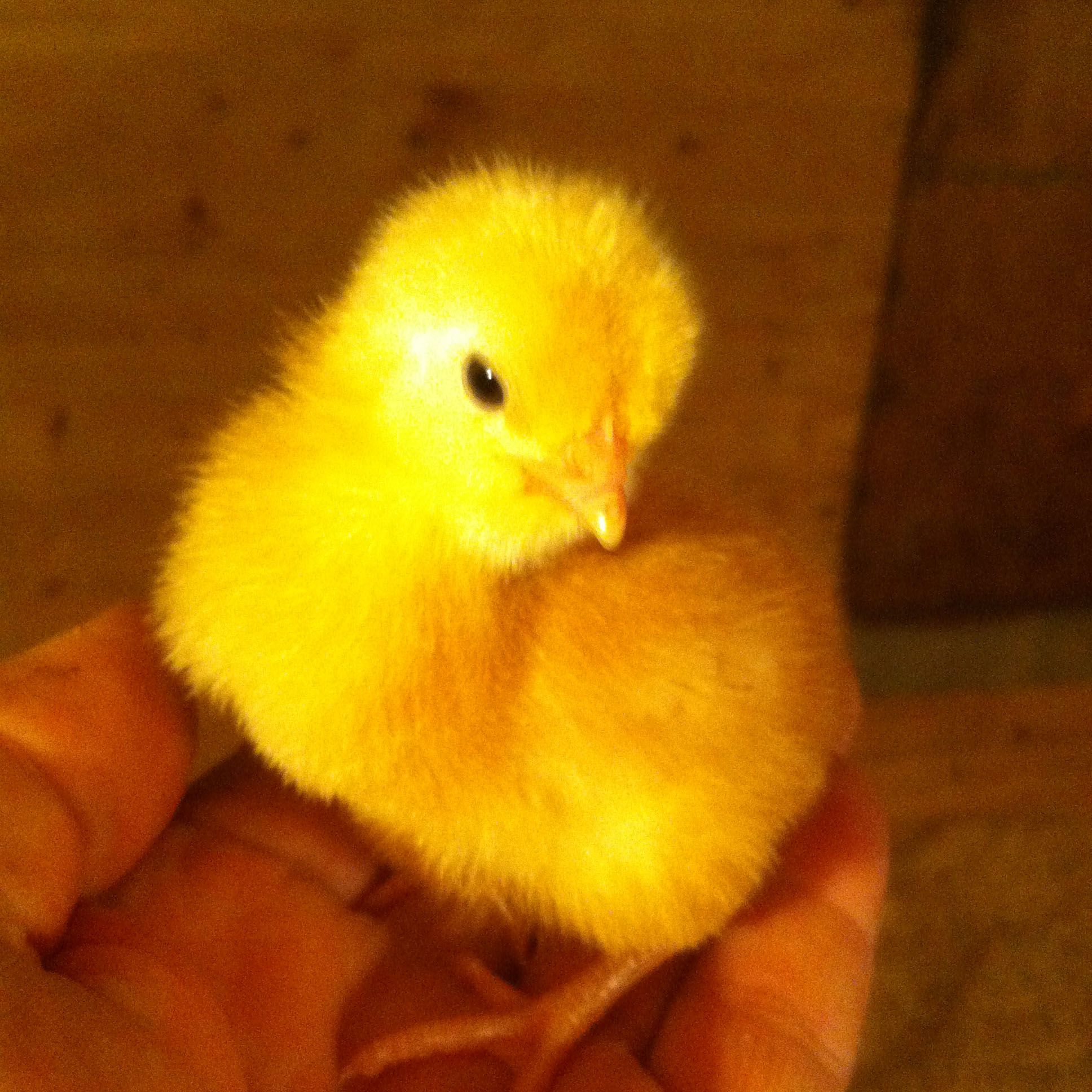
- Bones, muscles and feathers are actively developing.
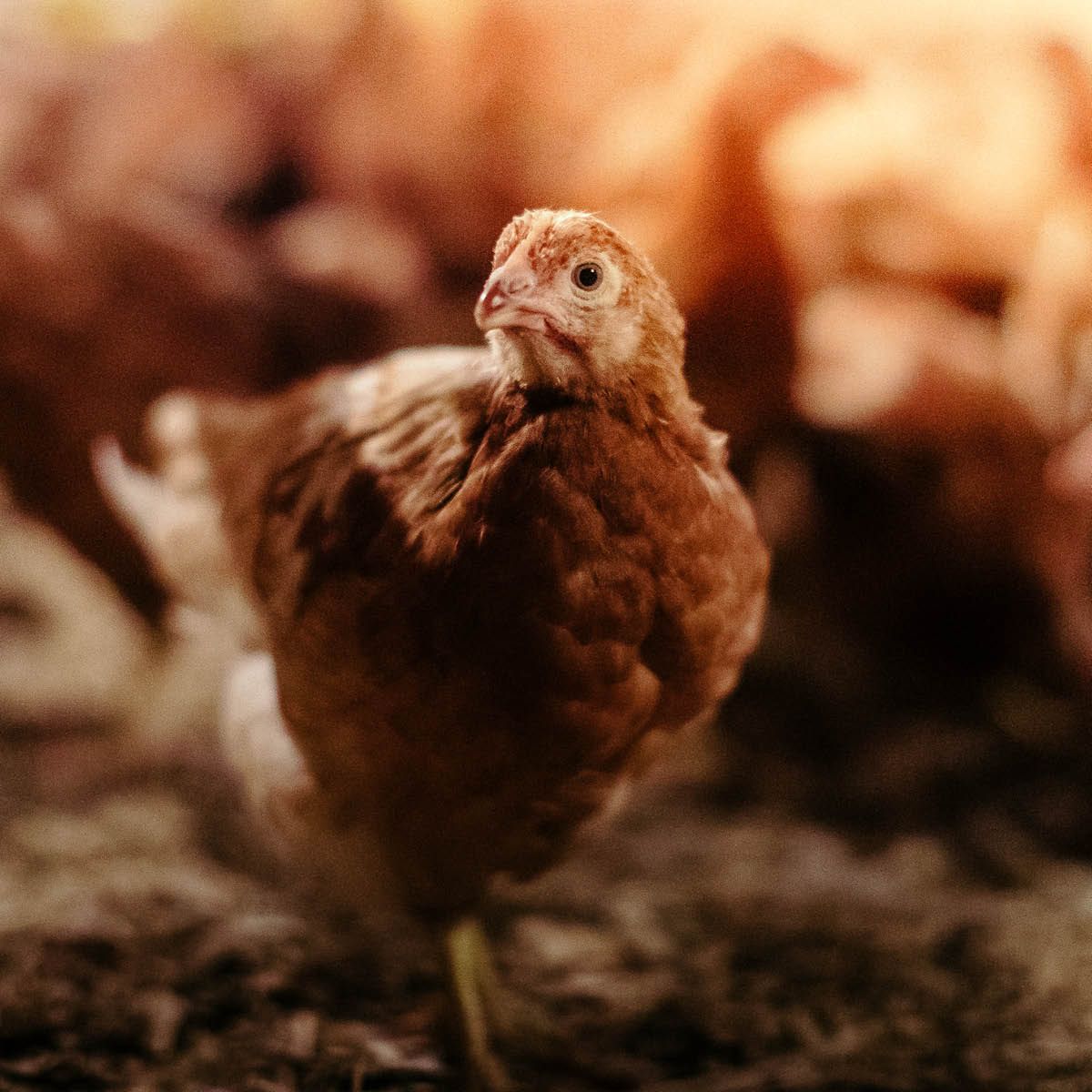
- The reproductive system is developing.
- The pullet’s calcium requirements are increasing.
- Another set of vaccines are given, generally by injection.
- The lighting program is adjusted to simulate the same lighting conditions as the ones provided in the laying barn and to stimulate egg production.
- At 19 weeks of age, ready-to-lay pullets are transferred to an egg laying facility.
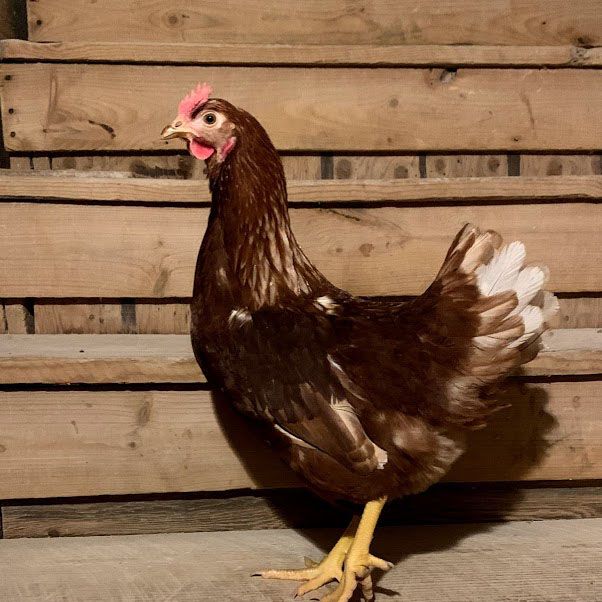
Pullet Growers of Canada estimate that there are
27
million pullets raised in Canada every year
600
pullet growers in Canada
KNOW MORE ABOUT OUR MISSION AND VALUES
More info
